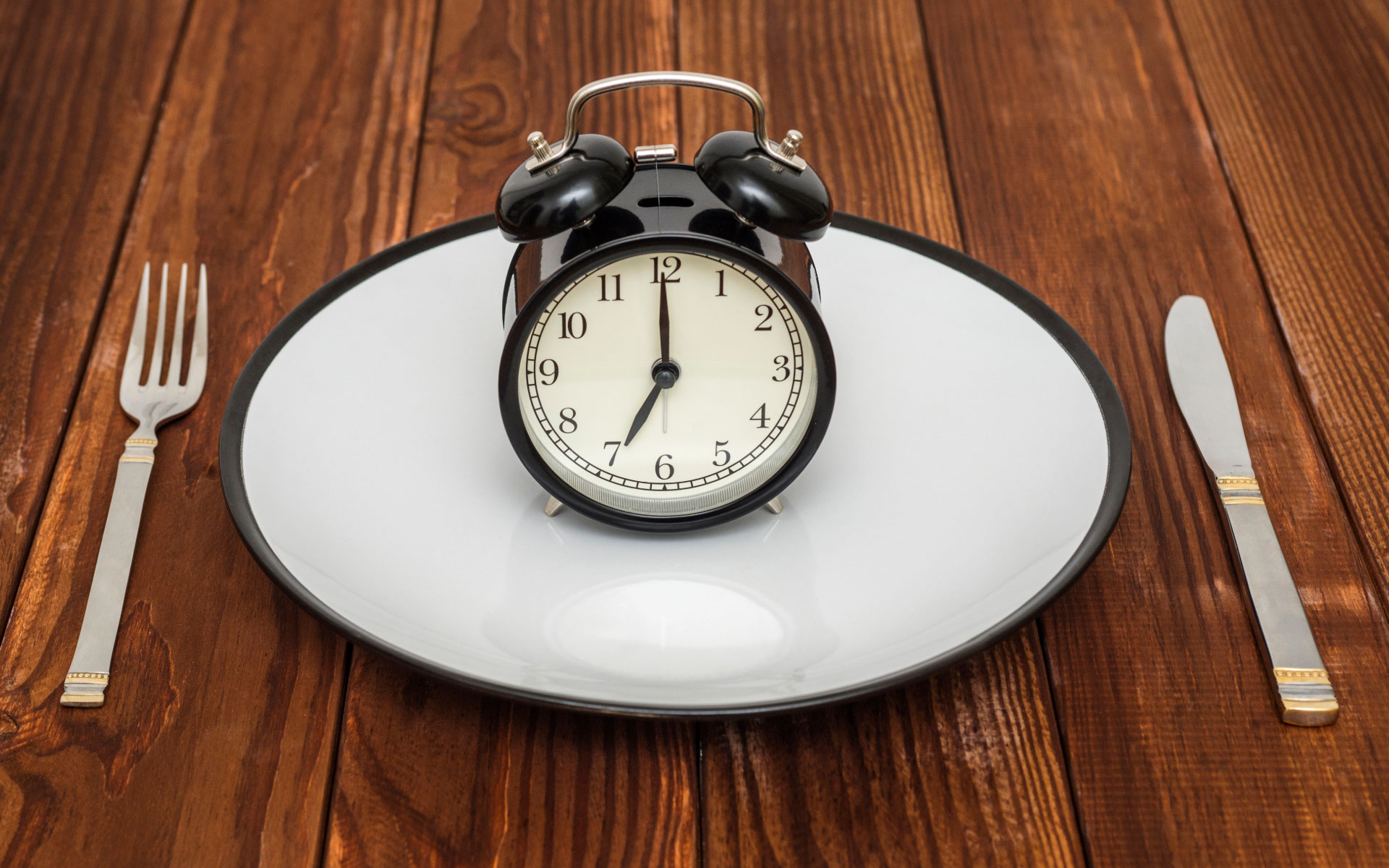Today we look at fasting which can help manage blood sugar sensitivity. It is something I do when it suits me. I listen to my body and there are days I will need to eat before the 16 hours have passed. Usually I switch between 3 days at 16 hours, and the remaining around 14 hours. This will differ from person to person, and if you are unused to fasting or have blood sugar issues, don´t push past the 12 hour fasting period for a period of time. If you´ve not tried to incorporate this yet, see if you can manage a 12-14 hour fast.
To Fast or not to Fast?
One way to improve your “metabolic health” and “flexibility” is via intermittent fasting. There are various methods that can be applied and you must work out which method works best for you. Intermittent fasting is a powerful method that has been seen to bring high blood sugar levels under control. It lowers blood sugar and as a consequence, also lowers insulin levels and improves insulin resistance.
Metabolic flexibility means that your body’s metabolism is flexible and can use whatever fuel is available to it, whether that’s fuel from food or fuel already stored in your body. If you’ve eaten a snack or a meal recently, your body will metabolise that food and use it for energy production. But if it’s been a while since you last ate, your metabolism can switch over to burning fuel that’s already in your body, like fat and sugar stores. Scientists refer to these fuel-burning processes as fat oxidation and glucose oxidation.
In pre-industrial times, before we had restaurants and grocery stores, humans were metabolically flexible by necessity. Some days there was plenty of food, and other days there wasn’t enough to go around. Metabolic flexibility allowed people to go days without eating and feel fine. The same is true, to some degree, in our modern society, such as when we’re doing high-intensity exercise or have high levels of energy expenditure throughout the day, our bodies need to adapt and use the right amount of fuel, depending on the situation. The fuel we should prioritise for the body after breaking a fast is protein and fat.
Excess gluocse (sugar) can be stored as FAT, or in the liver as GLYCOGEN. Fat is a long term energy reserve. Glycogen is more easily used, and is the first place our body goes to for energy (by switching it back to glucose) when we have not eaten enough for a few hours.
This is where fasting can be useful since the liver stores glycogen for up to 16 hours and after that it is forced to use fat for fuel. However everyone is different and you may reach a fasting threshold before 16 hours.
If trying fasting for the first time start slowly and do a 10-12 hour break from foods.
But are you concerned what going so long without eating may do to your blood sugar levels?
There is always sugar in your blood and the amount of sugar can change based on the last time you eat and what was in that meal.
However, some people have chronically elevated blood sugar levels, or blood glucose levels, and that’s a problem. This is called hyperglycemia.
When your blood sugar levels are high, your pancreas releases a hormone called insulin. Insulin helps bring sugar into your cells to use for energy and any extra sugar will go to the liver to be stored or converted into adipose tissue (body fat) as previously mentioned.
If your sugar levels remain elevated, so do your insulin levels. If this continues to happen, over time, your cells won’t respond to insulin the way they should. This is called insulin resistance.
Once your body no longer normally reacts to insulin, glucose doesn’t enter the cells as easily and will build up in the blood, causing hyperglycemia
Most people know that hyperglycemia can eventually lead to type 2 diabetes, but it may also cause atherosclerosis, cancer, inflammation, and liver damage.
Studies have shown that intermittent fasting can help decrease your risk of type 2 diabetes because it helps your body regulate your blood sugar.
For example, a recent meta-analysis on twelve different studies showed that various forms of intermittent fasting helped decrease fasting blood glucose levels while helping to increase insulin sensitivity.
https://www.ncbi.nlm.nih.gov/pmc/articles/PMC6832593/
However, it does come with risks as we do not want anyone to get hypoglycemia. Hypoglycemia can occur with ”malnutrition” and ”starvation” when you don’t get enough food, and the glycogen stores your body needs to create glucose are used up.
From milder, more common indicators to most severe, signs and symptoms of low blood glucose include:
- Feeling shaky.
- Being nervous or anxious.
- Sweating, chills and clamminess.
- Irritability or impatience.
- Confusion.
- Fast heartbeat.
- Feeling lightheaded or dizzy.
- Hunger.
